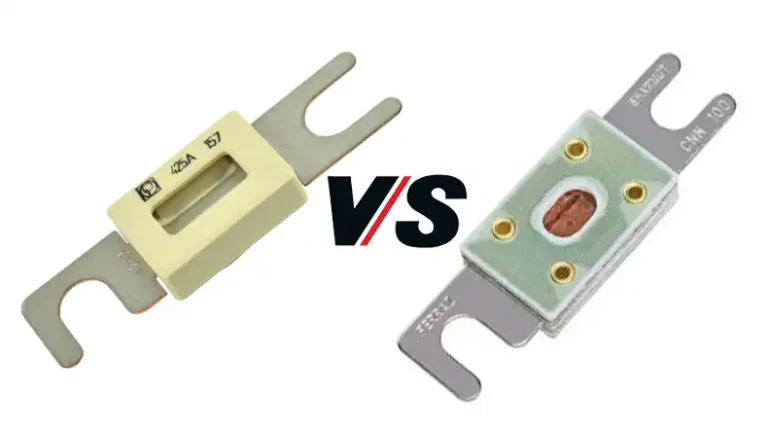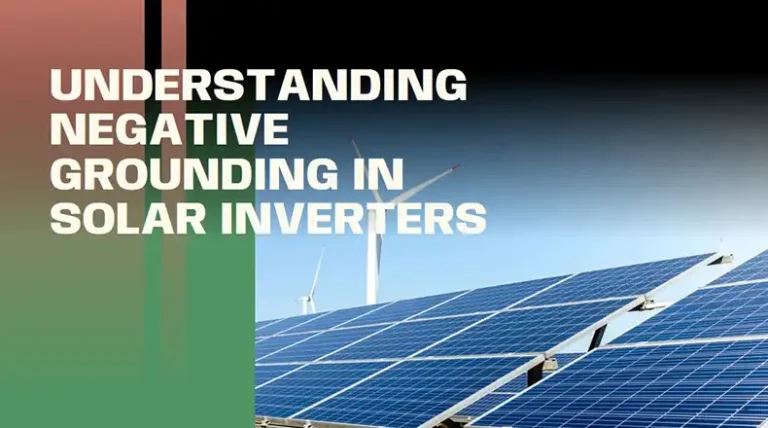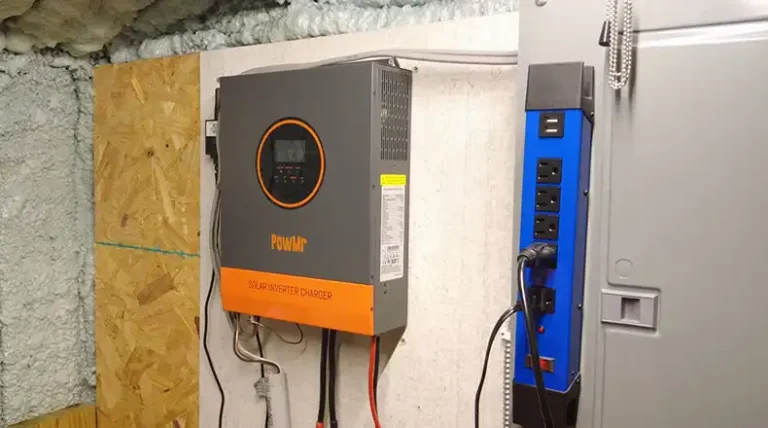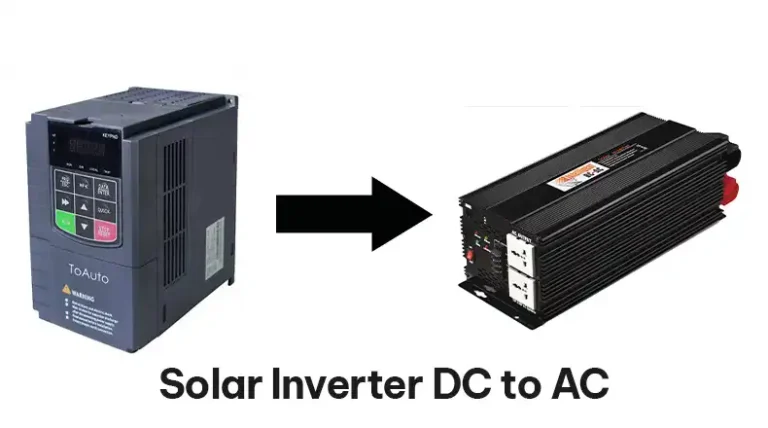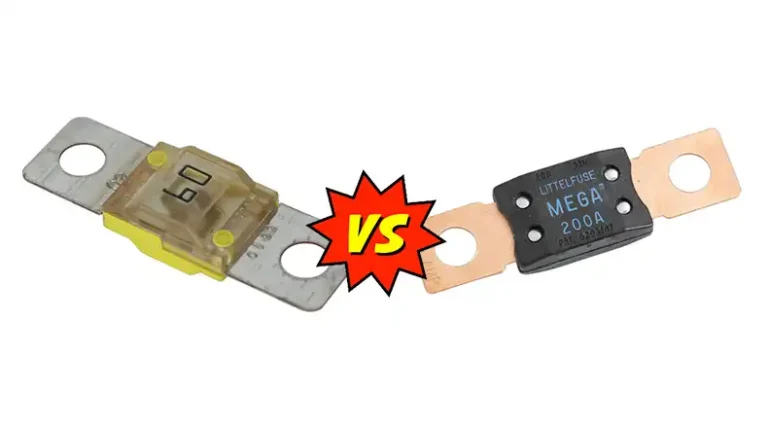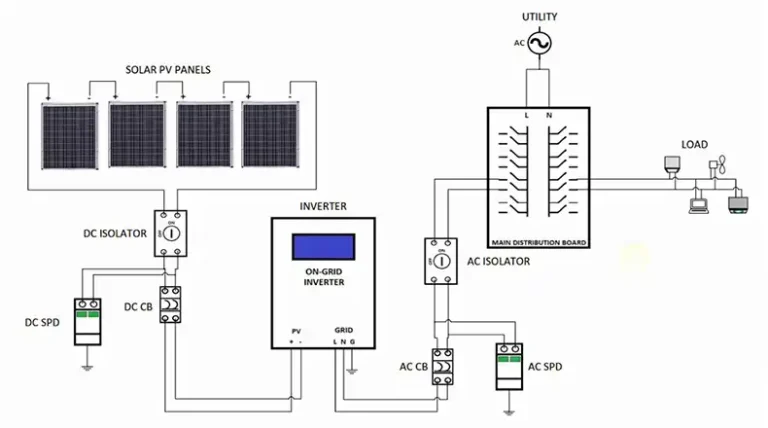Inverter Low Frequency vs High Frequency | How Do I Compare?
Inverters are devices that convert direct current (DC) electricity to alternating current (AC) electricity. AC electricity is the type of electricity that is used in most homes and businesses. Inverters are used in a variety of applications, including solar power systems, battery backup systems, and off-grid power systems.
There are two main types of inverters: low-frequency inverters and high-frequency inverters. Low-frequency inverters operate at a frequency of 50 or 60 Hz, which is the same frequency as the AC electricity grid. High-frequency inverters operate at a much higher frequency, typically 20,000 to 100,000 Hz.
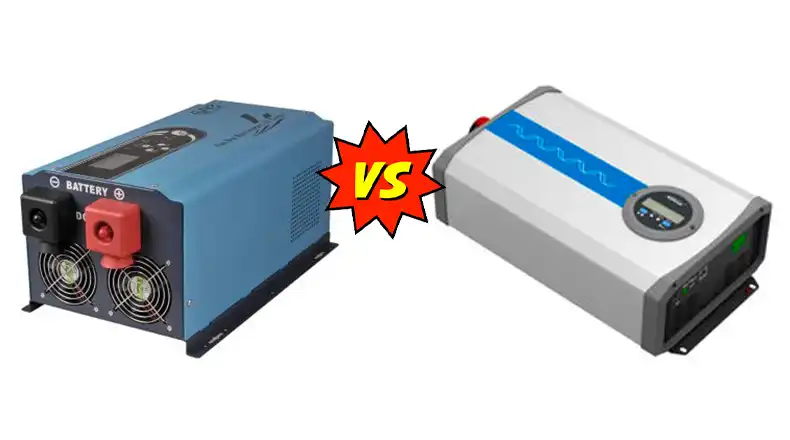
Before we start dissecting the disparities, let’s get the basics down. Inverters, those unsung heroes of our modern electrical world, are devices that convert direct current (DC) into alternating current (AC). They’re the reason you can power your TV, fridge, and even your microwave oven when you’re off the grid. Now, it’s time to shed light on the key distinctions:
1. Frequency and Waveform
Low-Frequency Inverters:
- Operating Frequency: Low-frequency inverters typically operate at the same frequency as the utility grid, which is around 50Hz or 60Hz in some regions. This means they provide power with the same frequency and waveform as what you get from your power company, a pure sine wave.
- Waveform Quality: The pure sine wave output of low-frequency inverters is nearly identical to what you’d find in a standard wall outlet. This makes them ideal for running all sorts of appliances, especially those sensitive to fluctuations or distortion in the power supply.
High-Frequency Inverters:
- Operating Frequency: High-frequency inverters are speed demons. They operate at a significantly higher frequency, often reaching 20,000 Hz or more. This high frequency allows for more compact and efficient power conversion.
- Waveform Quality: High-frequency inverters often produce a modified sine wave, also known as a quasi-sine wave. This waveform may not be as smooth as a pure sine wave, which can lead to compatibility issues with some devices, particularly those with sensitive electronics.
2. Efficiency and Size
Low-Frequency Inverters:
- Efficiency: Low-frequency inverters are known for their robust efficiency, particularly when it comes to handling high loads. Their efficiency levels remain high even with demanding appliances.
- Surge Capacity: These inverters excel in surge capacity. They can handle brief power surges, making them reliable for applications that require occasional bursts of power, such as starting up air conditioners or refrigerators.
- Size and Weight: However, their stellar performance comes at a cost in terms of size and weight. They are typically bulkier and heavier, which makes them less suitable for portable or mobile applications.
- Peak Power Capacity: Low-frequency inverters have a substantial peak power capacity, often exceeding their rated continuous power output. This surge capacity is crucial for starting appliances with high initial power requirements. a low-frequency inverter can output 200% to 300% of its rated power for a short period of time
High-Frequency Inverters:
- Efficiency: High-frequency inverters are no slouches either. They are known for their efficiency and produce less heat during power conversion, contributing to a longer lifespan.
- Surge Capacity: While efficient, high-frequency inverters might struggle with sudden surges in power demand. These surges can occasionally lead to overloads due to their lower surge capacity.
- Size and Weight: The lightweight and compact nature of high-frequency inverters make them an excellent choice for portable applications, such as recreational vehicles (RVs), campers, and boats.
- Peak Power Capacity: High-frequency inverters have a limited peak power capacity. This means they may not be as effective as low-frequency inverters at handling appliances with high starting power requirements. a high-frequency inverter can output 150% to 200% of its rated power for a short period of time
3. Cost Considerations
Low-Frequency Inverters:
- Price Range: Low-frequency inverters tend to be pricier compared to their high-frequency counterparts. The superior surge capacity and pure sine wave output contribute to the higher cost.
High-Frequency Inverters:
- Price Range: High-frequency inverters are generally more budget-friendly. Their affordability makes them an attractive option for those who need a reliable power source without breaking the bank.
Summary
| Aspect | Low-Frequency Inverters | High-Frequency Inverters |
| Operating Frequency | Standard utility grid frequency | Higher frequency, often 20,000+ Hz |
| Waveform Quality | Pure sine wave | Modified sine wave (quasi-sine wave) |
| Efficiency | Highly efficient, typically above 90% | Efficient, often around 85-90% |
| Surge Capacity | Excellent, can handle power surges well | Limited surge capacity, typically up to 200% of rated power |
| Size and Weight | Bulkier and heavier | Lightweight and compact |
| Peak Power Capacity | High, ideal for appliances with high starting power requirements, often 300-400% of rated power | Limited, may not handle high starting power needs effectively, typically 150-200% of rated power |
| Price Range | Typically more expensive | Generally more budget-friendly |
Advantages and Disadvantages of Inverter Low Frequency and High Frequency
Now that we’ve got the fundamentals under our belt, let’s weigh the pros and cons. We’ll play judge and jury, examining the good, the bad, and the electrifying in both low-frequency and high-frequency inverters.
Advantages of Low-Frequency Inverters
1. Heavy Duty: When it comes to running power-hungry appliances like air conditioners, refrigerators, or power tools, low-frequency inverters are your reliable workhorses.
2. Compatibility: Their pure sine wave output ensures compatibility with almost all electronic devices, providing a clean and stable power supply.
3. Surge Handling: Low-frequency inverters can manage brief power surges effortlessly, making them dependable for sudden spikes in power demand.
Disadvantages of Low-Frequency Inverters
1. Bulky: They tend to be bulkier and heavier, which might not be suitable for portable or mobile applications.
2. Pricey: The robust performance comes at a price. Low-frequency inverters are typically more expensive than their high-frequency counterparts.
Advantages of High-Frequency Inverters
1. Compact and Lightweight: These little dynamos are ideal for applications where portability and space are essential, such as in RVs and campers.
2. Cost-Efficient: High-frequency inverters are generally more budget-friendly, making them an attractive choice for those watching their wallets.
3. Efficiency: Their efficient power conversion means they produce less heat, which contributes to a longer lifespan.
Disadvantages of High-Frequency Inverters
1. Sensitive Electronics: The modified sine wave can sometimes cause compatibility issues with certain sensitive electronics, leading to disturbances or malfunction.
2. Limited Surge Capacity: High-frequency inverters might struggle with sudden surges in power demand, potentially causing overloads.
Inverter Low Frequency vs High Frequency: Which One to Choose?
So, here’s the big question – which inverter should you choose? Well, it depends on your specific needs and applications.
If you’re powering your cabin in the woods and running appliances with heavy loads, a low-frequency inverter is your trusty sidekick. It’s also perfect for home backup systems, ensuring your sensitive electronics remain unscathed during power outages.
On the other hand, if you’re planning a cross-country road trip in your camper or need a portable power source for your outdoor adventures, a high-frequency inverter is the lightweight champion you’re looking for. Just remember to check compatibility with your gadgets.

